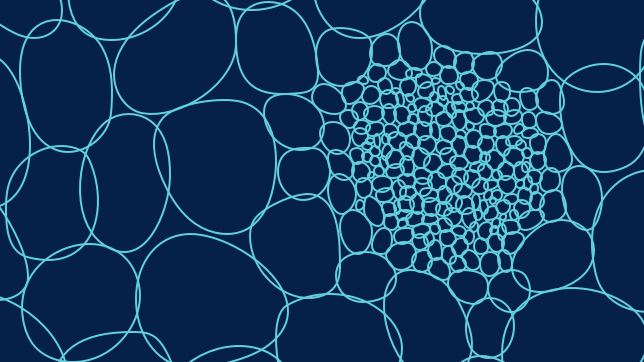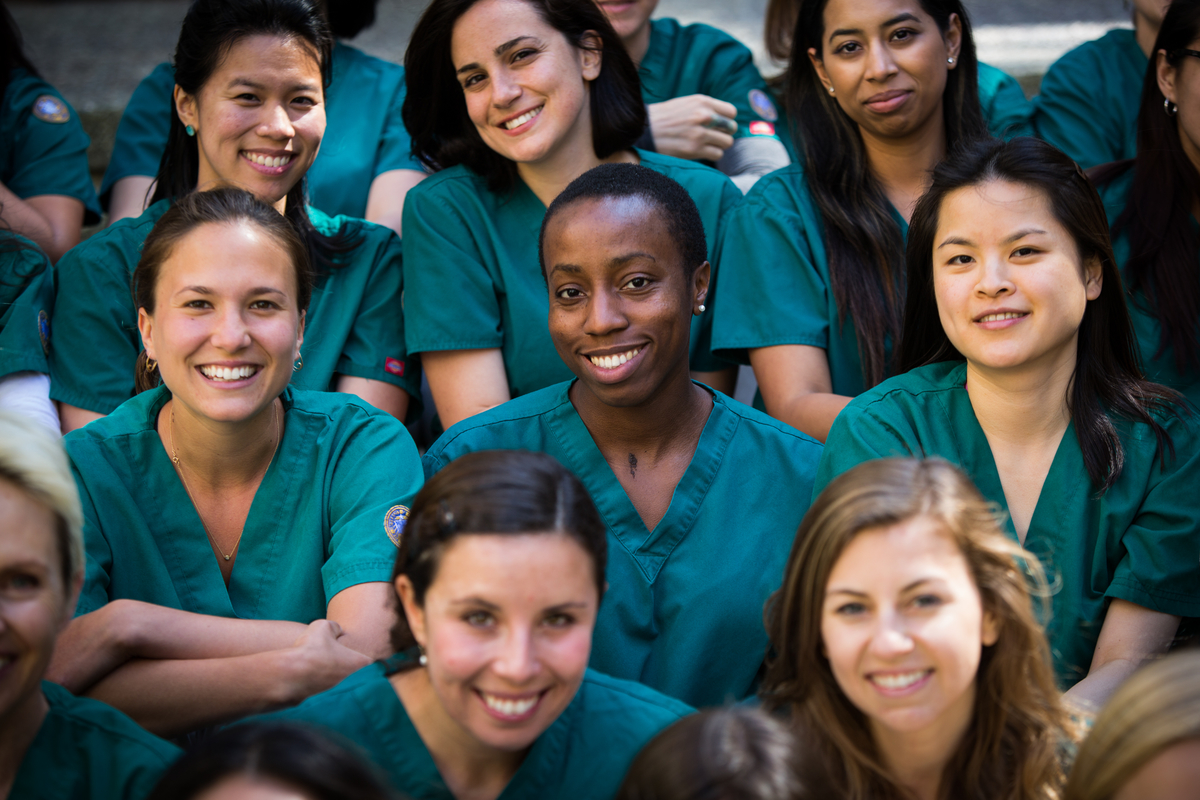
Facial Paralysis Treatment in San Francisco at UCSF
Facial paralysis is a devastating condition that has profound physical, emotional and social consequences. While diagnosis varies between the clearly simple and frustratingly unknowable, successful treatment requires the complex interplay of patience, expertise and technology. Here at UCSF, our multidisciplinary, multispecialty treatment team offers the latest research combined with clinical excellence in the care of children and adults.
Effective and optimal treatment of facial paralysis requires the expertise of multiple specialties. Neurology offers diagnostic and evaluation expertise. Otology/neurotology provides evaluation of hearing and experience with skull base approaches and access to the facial nerve in the temporal bone. Oculoplastic surgeons are experts in evaluation of the eyes and eyelids, and can manage the most difficult of eyelid reanimation procedures. Facial plastic and microvascular surgeons offer care for both complete and incomplete facial paralysis from the most simple to the most complex of cases. Facial physical therapists optimize the facial nerve recovery with exercises and complex neurofacial retraining. Working together as a team, the facial nerve experts at UCSF offer unparalleled care for patients experiencing all types of facial nerve paralysis.

"The eye cannot close and constantly weeps. The mouth dribbles, the speech is interfered with and mastication impaired. The delicate shades of continence are lost. Joy, happiness, sorrow, shock, surprise, all the emotions have for their common expression the same blank stare”
-Bunnell, 1927

Understanding Gracilis Microneurovascular Flap for Facial Paralysis [Video]

Facial Reanimation Advancements

What is Selective Denervation?

The Most Common Treatments for Bell’s Palsy

What Causes Facial Paralysis?

How to Tell the Difference Between Bell’s Palsy vs. Stroke

EMG vs. ENoG

What Causes Bell’s Palsy?


